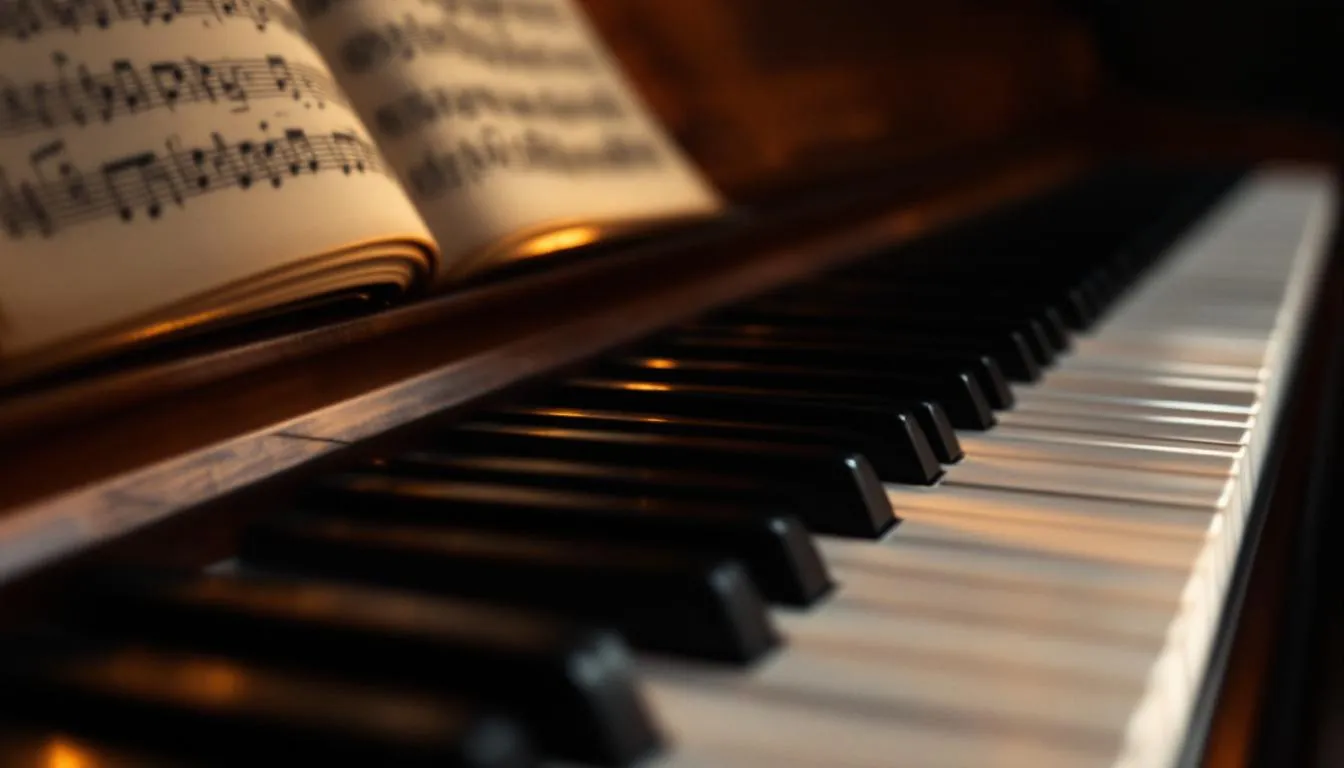
How Can You Simplify Music Theory for Scales and Triads?
Quick Answer Music theory is the grammar of music, offering rules and structures to help us understand the sounds we hear and play. Central to this are scales and triads, the building blocks of many musical pieces. Simplifying these concepts involves mental shortcuts and practical exercises to make learning more intuitive. By breaking music theory […]
Continue reading →







